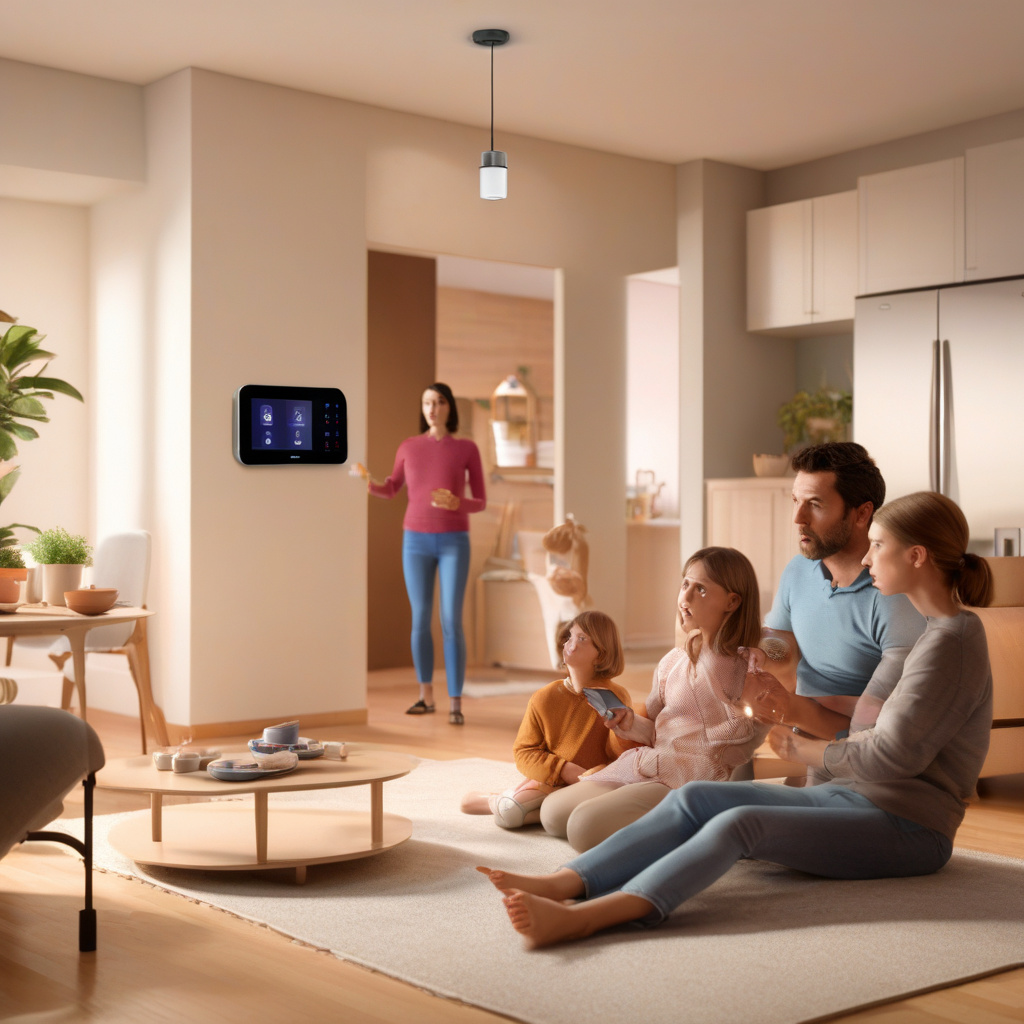The imposition of tariffs on smart home accessories, amidst a market valued at over $30 billion, is set to have tangible impacts on consumers. As trade taxes disrupt the industry, smaller vendors are likely to face challenges that their larger counterparts can navigate more easily. This could result in increased prices for smart home products across the board, affecting consumer choices and market dynamics.
When prices rise due to tariffs, consumers tend to purchase less, leading to a potential slowdown in sales. Smaller companies may struggle to survive, while larger corporations might opt for mergers to streamline operations and mitigate costs. This consolidation could limit consumer options and drive prices higher, affecting the overall accessibility of smart home technologies.
The uncertainty surrounding tariffs extends beyond smart home accessories to the broader tech sector. Smaller electrical device manufacturers are exploring strategies like shifting towards subscription-based services to navigate the impact of tariffs. As hardware costs rise, software imports become a more viable option, emphasizing the growing importance of data in the digital landscape.
Even products assembled in the US are not immune to tariff implications, as components sourced internationally may still incur additional costs. Despite the challenges posed by tariffs, there is a silver lining in the potential for market consolidation to enhance consumer experiences and elevate product quality standards in the smart home industry.
As the effects of tariffs unfold gradually, consumers can anticipate price hikes and potential compromises in production quality as manufacturers seek cost-saving measures. The shift towards subscriptions, reduced product choices, and job losses within the industry are also likely outcomes in the near future.
While challenges loom, there are opportunities for larger companies to acquire smaller competitors and streamline product offerings. This consolidation could lead to improved product quality in the long run. Companies like Apple may capitalize on the shifting market landscape to bolster their smart home automation plans, albeit at a higher cost to consumers.
However, the downside of market disruptions includes the risk of products being abandoned if manufacturers exit the business, leaving consumers with unsupported devices and security vulnerabilities. As the market adapts to tariff pressures, consumers must brace for potential disruptions in product availability and after-sales support.
In conclusion, the impact of tariffs on smart home accessories underscores the need for consumers to stay informed about market shifts and evolving industry dynamics. While challenges may arise in the short term, there is a potential for market consolidation to drive innovation and enhance product quality in the long run. Stay vigilant, as the smart home landscape continues to evolve amidst changing trade policies and market conditions.

